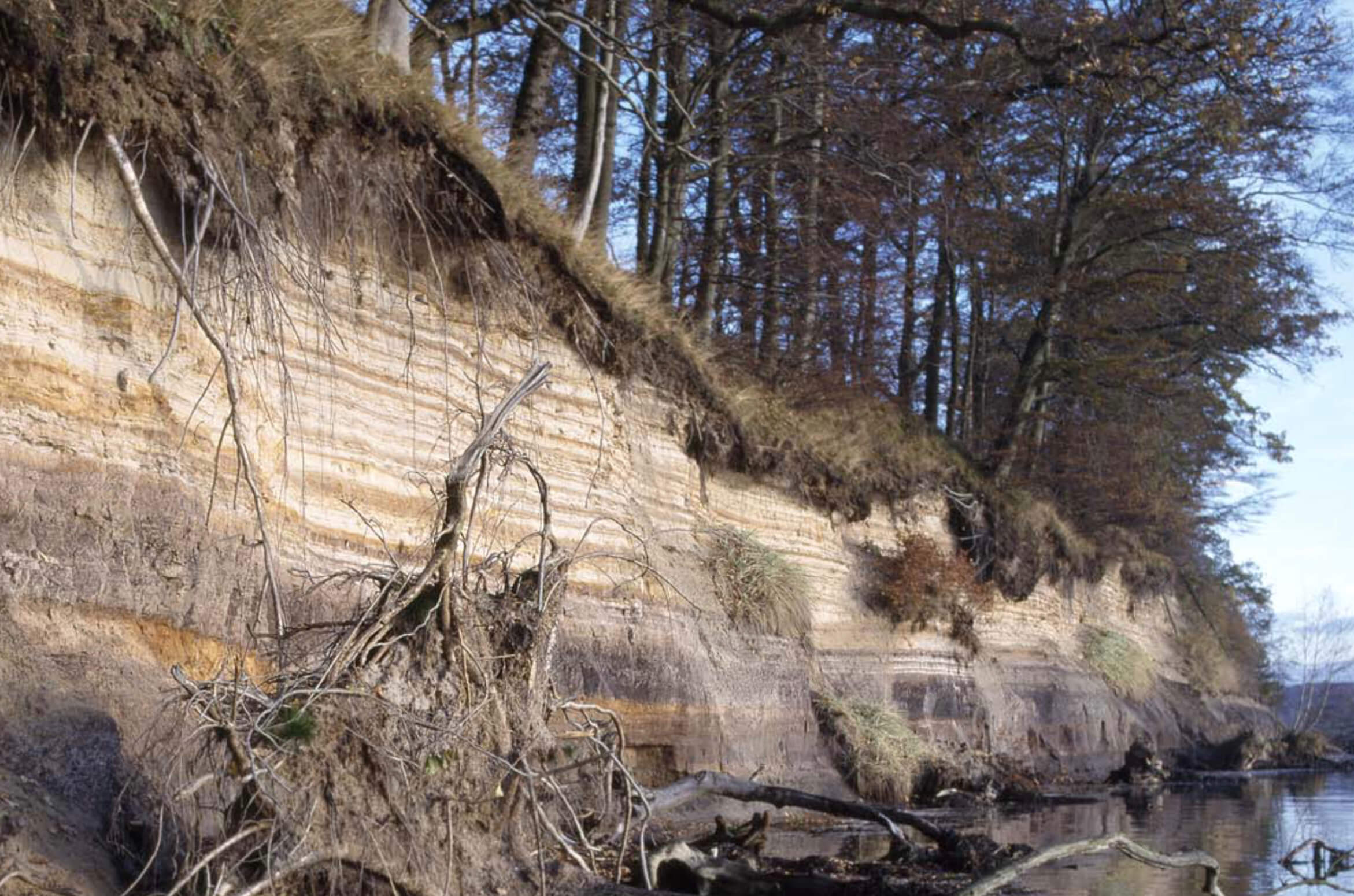Lithostratigraphy of the Upper Oligocene – Miocene succession of Denmark
Erik Skovbjerg Rasmussen, Karen Dybkjær and Stefan Piasecki
The Upper Oligocene – Miocene succession of onshore Denmark is about 250 m thick and is composed of interdigitating, coarse-grained fluvio-deltaic and mud-rich marine sediments; it is best exposed in coastal cliffs in eastern and northern Jylland but is also seen locally inland. These sediments contain important natural resources such as brown coals, clays, and sand and gravel deposits (locally rich in heavy minerals), and thus have been the focus of study since the 19th century. In recent years, the growing demand for a reliable source of drinking water has led to renewed interest in the succession. The resultant intensive drilling campaign – over 100 boreholes now penetrate the succession – and high-resolution seismic surveys have made it possible to reconstruct in detail the subsurface architecture of the sedimentary basin and to chart the evolution of the landscape between 25 and 8 million years ago.
This bulletin presents a revised lithostratigraphy of the Upper Oligocene – Miocene succession of onshore western Denmark. The Upper Oligocene is referred to the Brejning Formation, which is subdivided into two members, one of which is new. The Miocene is subdivided into two new groups: the Ribe and Måde Groups. The former (Lower–Middle Miocene) comprises six formations (two new, four revised) and eight members, six of which are erected here. The Måde Group (Middle–Upper Miocene) consists of four formations, of which two are new lithostratigraphic units.






